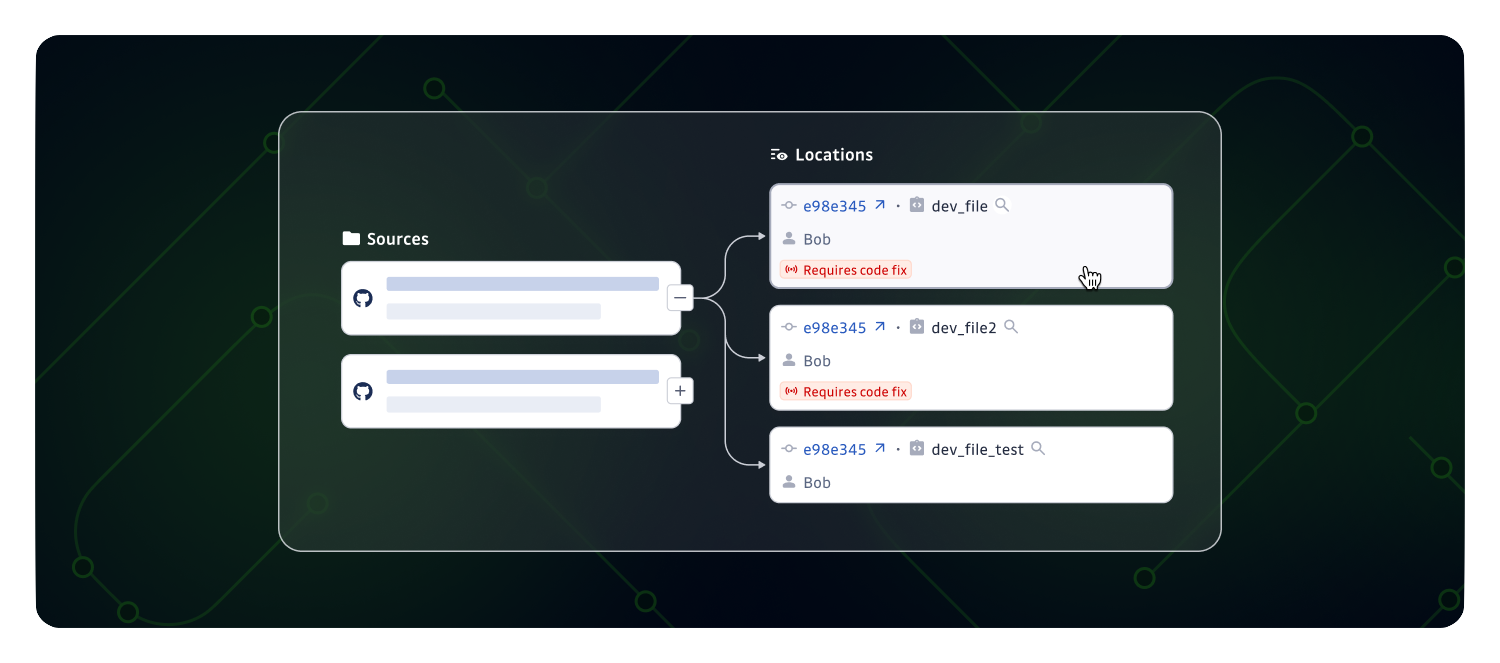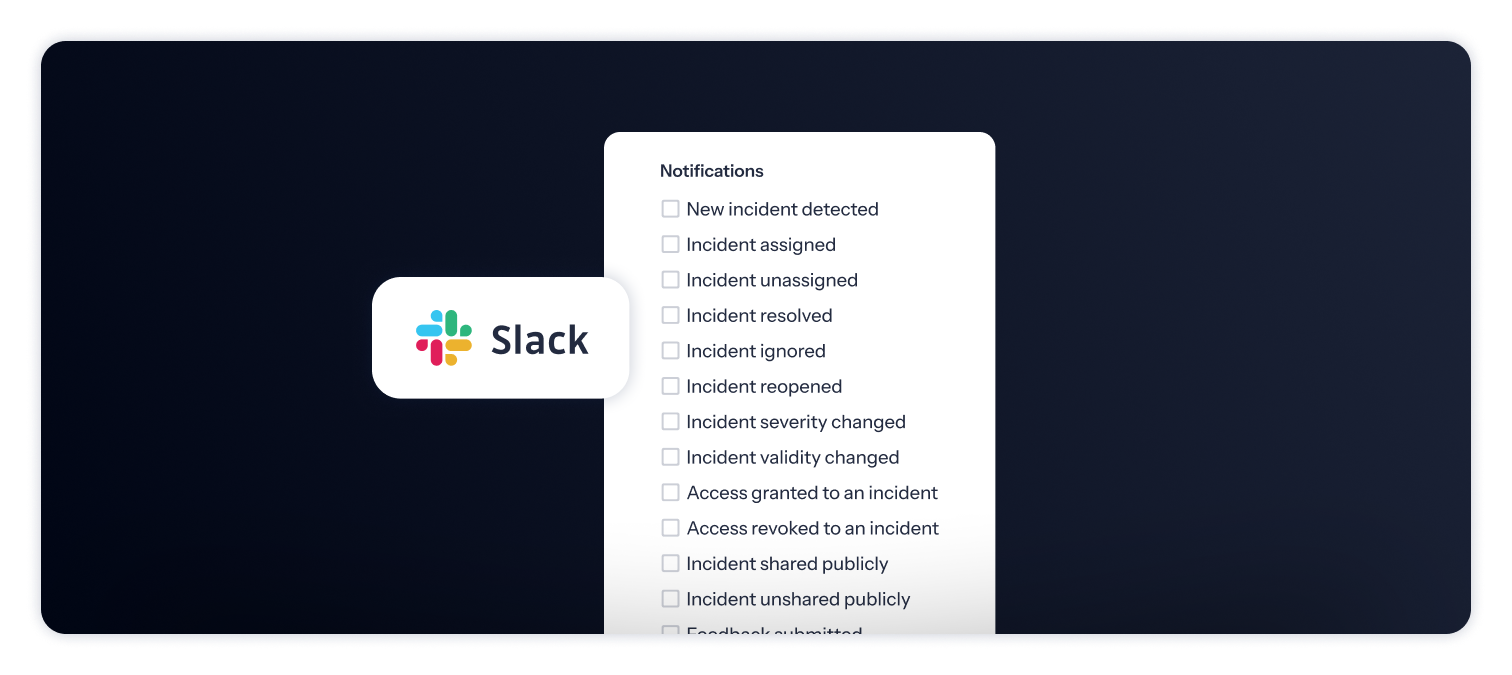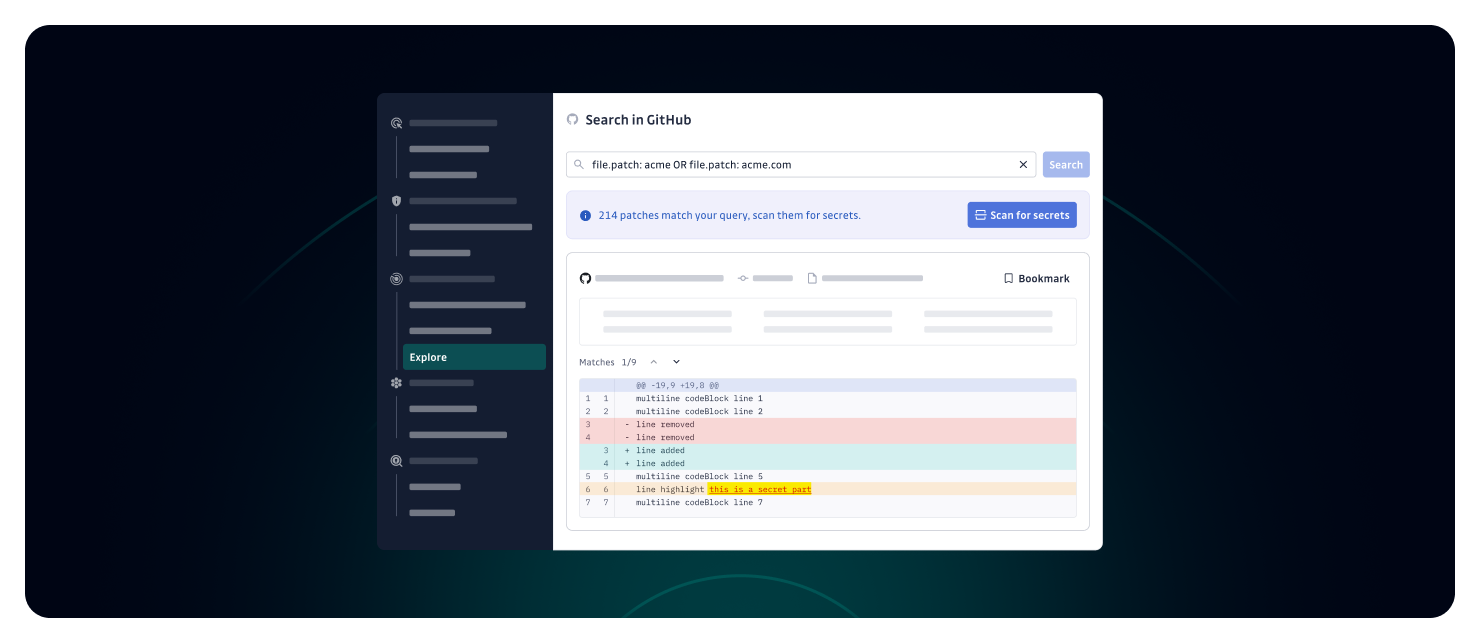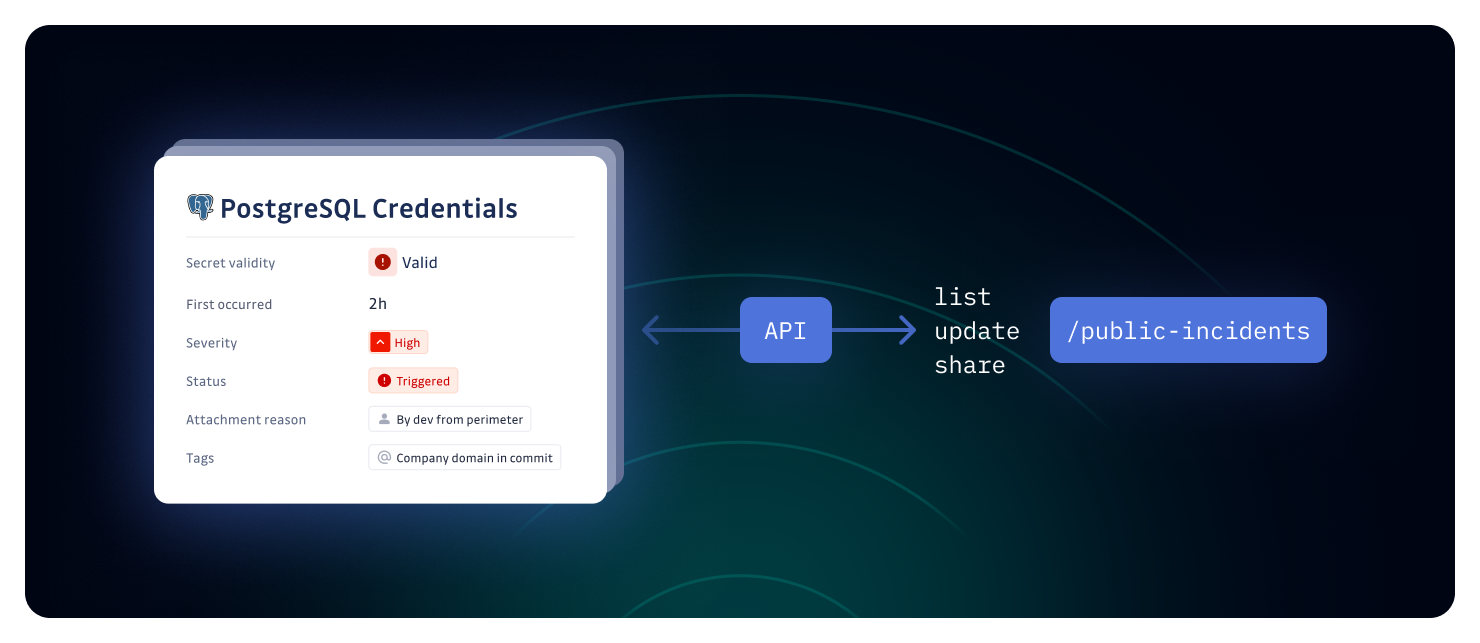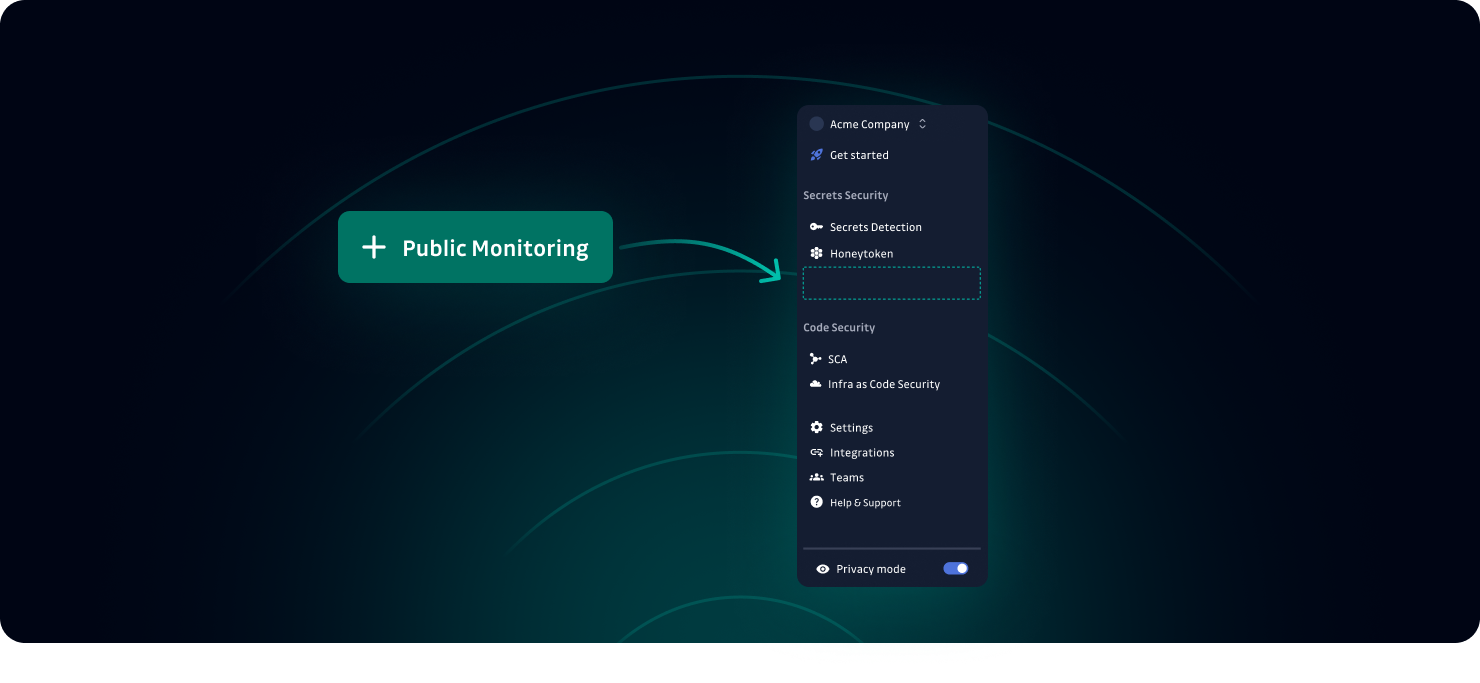Playbooks extended to Public Monitoring
Release Date: November 7, 2025

Playbooks are now available for public secret incidents, bringing unified automation workflows across your entire security perimeter. This enhancement extends GitGuardian's proven automation capabilities to the Public Monitoring product.
What's new?
You can now automate remediation workflows for public secret incidents. All playbooks (except auto-share public link) now support Public Monitoring, reducing manual work when managing public incidents. The "auto-ignore false positive incidents" is activated by default on the public secret incidents, while the others have to be activated based on your desired workflows.
Why is this important?
Public monitoring can generate high volumes of incidents that require manual review and closure. With playbooks now available for public incidents, you can automatically resolve cases where secrets have been revoked, ignore invalid secrets, filter out false positives, and grant access to involved developers—significantly reducing the manual workload for your security team when managing public incidents.
Get Started Today!
Learn more about configuring playbooks in our documentation, or visit the Playbooks setting page directly.
Enhancements
- Incident list: Added direct link to source location from the incident list view.
- API: The
change_typefield for secret occurrences is now exposed via API.
Fixes
- Microsoft Teams integration: Fixed an issue which prevented to update the Client secret of a Microsoft Teams notifier integration.
- Incident feedback: Fixed a bug where the "Gives access to sensitive data" answer would always be registered as false when posting a feedback on internal incident.
